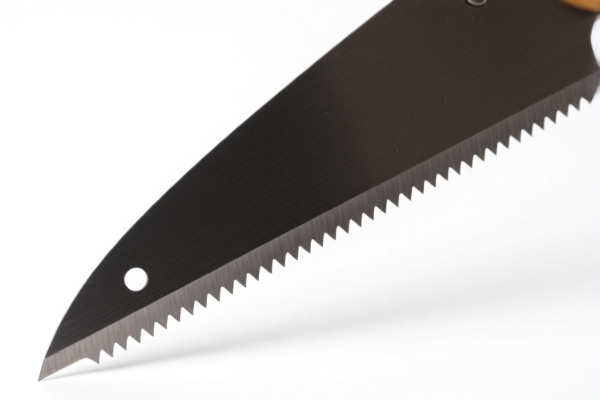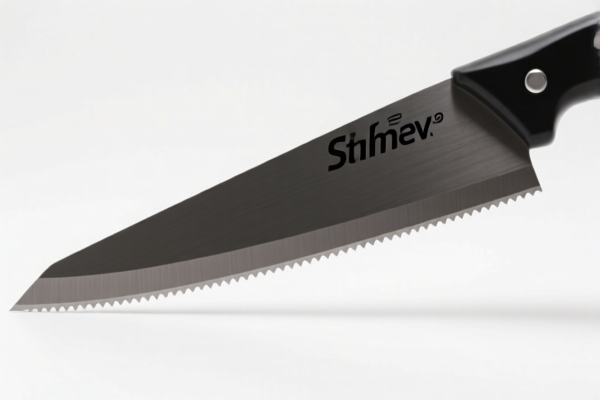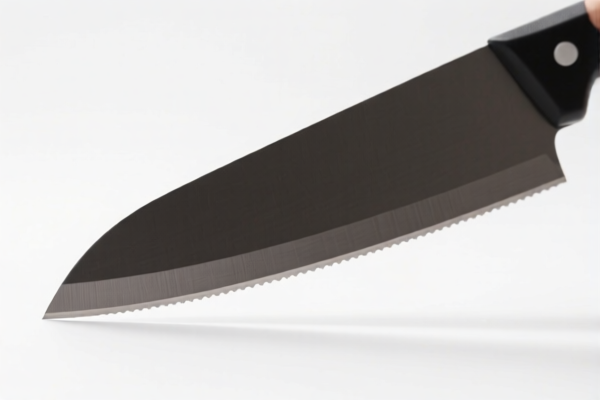| HS Code | Official Doc | Tariff Rate | Origin | Destination | Effective Date |
|---|---|---|---|---|---|
| 8202990000 | Doc | 55.0% | CN | US | 2025-05-12 |
| 8311900000 | Doc | 55.0% | CN | US | 2025-05-12 |
| 8307103000 | Doc | 58.8% | CN | US | 2025-05-12 |
| 8307106000 | Doc | 58.8% | CN | US | 2025-05-12 |
| 3916100000 | Doc | 60.8% | CN | US | 2025-05-12 |
| 3916903000 | Doc | 61.5% | CN | US | 2025-05-12 |
| 3926906010 | Doc | 59.2% | CN | US | 2025-05-12 |




Curved Saw Blade
A curved saw blade is a cutting tool designed with a non-linear, typically concave, cutting edge. This geometry enables cutting along complex contours and in tight spaces where a straight blade would be impractical or impossible to use.
Material
Curved saw blades are commonly manufactured from:
- High-Speed Steel (HSS): Offers durability and the ability to hold an edge, suitable for general-purpose cutting of wood, plastics, and softer metals.
- Carbon Steel: Less expensive than HSS, often used for softer materials and applications where frequent sharpening is acceptable.
- Bi-Metal: Combines a high-speed steel cutting edge with a flexible carbon steel body. This construction provides both durability and flexibility, reducing the risk of breakage.
- Diamond Grit: Used for specialized applications like cutting tile, glass, and other hard, abrasive materials. These blades are generally more expensive and require specific cooling methods.
Purpose
The primary purpose of a curved saw blade is to cut irregular shapes, curves, and internal cutouts. They excel in situations demanding precision and maneuverability.
Function
The curved shape allows the blade to follow a predetermined path, often guided by a frame or machine. The teeth are designed to remove material as the blade is moved through the workpiece. The curvature dictates the minimum radius of the cut that can be achieved.
Usage Scenarios
- Scroll Sawing: A common application, allowing intricate designs to be cut from wood, plastic, or metal.
- Fret Sawing: Used in instrument making to cut the slots for frets in guitar necks and other stringed instruments.
- Coping Saws: Hand-held saws used for cutting curves and internal shapes in wood, particularly in joinery.
- Jigsaw Cutting: Many jigsaws utilize curved blades for cutting curves and shapes in various materials.
- Tile Cutting: Specialized curved diamond blades are used to create curved cuts in ceramic, porcelain, and stone tiles.
- Metalworking: Bi-metal curved blades are used for cutting curved shapes in sheet metal and tubing.
Common Types
- Scroll Saw Blades: Available in a wide range of widths, tooth patterns (standard, skip, reverse), and materials. Pin-end and pinless varieties exist.
- Coping Saw Blades: Typically wider and more robust than scroll saw blades, designed for manual use.
- Jigsaw Blades: Available with various tooth configurations for different materials (wood, metal, plastic) and cut types (straight, curved, plunge).
- Fret Saw Blades: Fine-tooth blades designed for precise cutting of narrow slots.
- Tile Saw Blades (Curved): Diamond-grit blades designed for wet cutting of ceramic and stone tiles.
- Compass Saws: Larger, heavier blades used for cutting large curves in wood. They often have adjustable arms to control the radius of the cut.
Curved saw blades are categorized under handsaws and metal parts thereof, including blades for all kinds of saws.
Here are the relevant HS codes based on the provided reference material:
- 8202990000: This HS code covers “Other saw blades, and parts thereof: Other (including parts)”.
- 82: Chapter 82 refers to tools, implements, cutlery, hand tools, and articles thereof.
- 02: Heading 02 specifically relates to handsaws and other handsaws.
- 99: Subheading 99 covers other saw blades and parts thereof, which includes curved saw blades not specifically mentioned elsewhere.
- Tax Rate Details: Basic tariff: 0.0%, Additional tariff: 25.0%, Additional tariff after 2025.4.2: 30.0%. Total tariff: 55.0%.
Regarding HS code 8202990000, it is important to note that this covers a broad category. Ensure accurate classification based on the specific material and intended use of the curved saw blade.
Customer Reviews
No reviews yet.